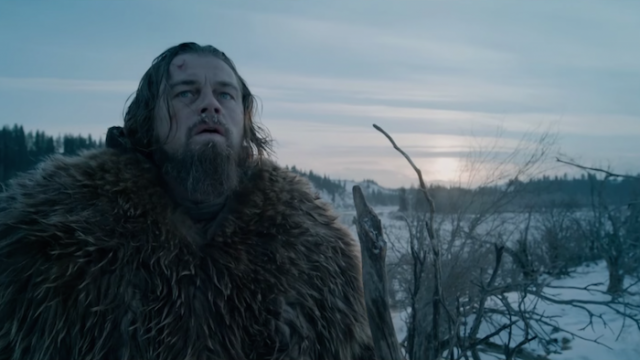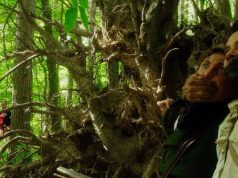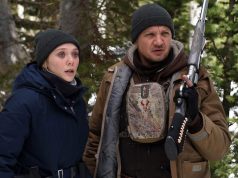
A revenant is someone who comes back as if from the dead, usually for vengeance. That makes the title of “The Revenant” a bit of a spoiler, since the person in question isn’t even presumed dead till it’s two-thirds over, and doesn’t return till after that. I guess the filmmaker wanted us to know what we’re in for. Revenge is inevitable, for the characters as well as for the viewers.
The filmmaker is Alejandro G. Iñárritu, whose metaphysical backstage comedy “Birdman” won the Oscar for Best Picture last year. The brutal, slow-moving “The Revenant” is about as different from “Birdman” as it could be, and it’s a shift from the multi-character, interlocking plots of his earlier films (“Amores Perros,” “21 Grams,” “Babel”), too. This time the story is simple, almost detrimentally so, with themes so uncomplicated you wonder why Iñárritu needed two and a half hours to convey them.
What a ride those two and a half hours are, though. Set in approximately the 1820s, the film is about a team of fur-trappers fighting for survival while being frequently attacked by Indians and Mother Nature. In particular, there is Hugh Glass (Leonardo DiCaprio), a leader in the company who becomes a liability after he’s horrifically injured by a protective mama bear in a sequence from which the viewer will not recover anytime soon. Having already been decimated by a gruesome Indian ambush, the company must decide how much effort to expend in stretchering Glass home. The snowy journey is perilous for able-bodied men, let alone men barely clinging to life.
Tending to Glass are his half-Indian son, Hawk (Forrest Goodluck), a loyal young man named Jim Bridger (Will Poulter), and John Fitzgerald (Tom Hardy), a coldly practical veteran of this business who’s been scalped by Indians before. Fitz will become Glass’s primary antagonist, once Indians, bears, and ice are finished with him.
It’s a very ordinary story (based very loosely on a novel by Michael Punke), but two things distinguish it. First, instead of treating it like a straightforward survivalist action movie, Iñárritu seems to channel Terrence Malick, with long, quiet stretches that emphasize the silent beauty of nature. Make no mistake, the moments of violent action are as heart-stopping as you’d want them to be. But between those scenes there is much space for contemplation (which will turn to boredom for people who don’t like the movie).
The other noteworthy element, related to the first one, is the way Iñarritu uses the camera to immerse us in the story. Working with Oscar-winning cinematographer Emmanuel Lubezki (who shot “Birdman” and several Malick films), he favors long, unbroken takes in which the camera moves with unnatural steadiness through chaotic, hellish scenes. We are witness to everything the trappers, the Indians, and Mother Nature do to each other, and the unhurried movement of the camera gives it an eerie, unblinking feel.
But what does it all add up to? Ah, there’s the problem. “Revenge is in the Creator’s hands,” someone cautions early on. When the moment of revenge finally arrives, after so much pain, death, and running time, it almost can’t help but seem like a letdown — if not to Hugh Glass then to us (and maybe to him, too). A profound sense of “Is that it?” permeates the last 10 minutes, bringing a gripping saga to a disappointing close.
B (2 hrs., 36 min.; )





